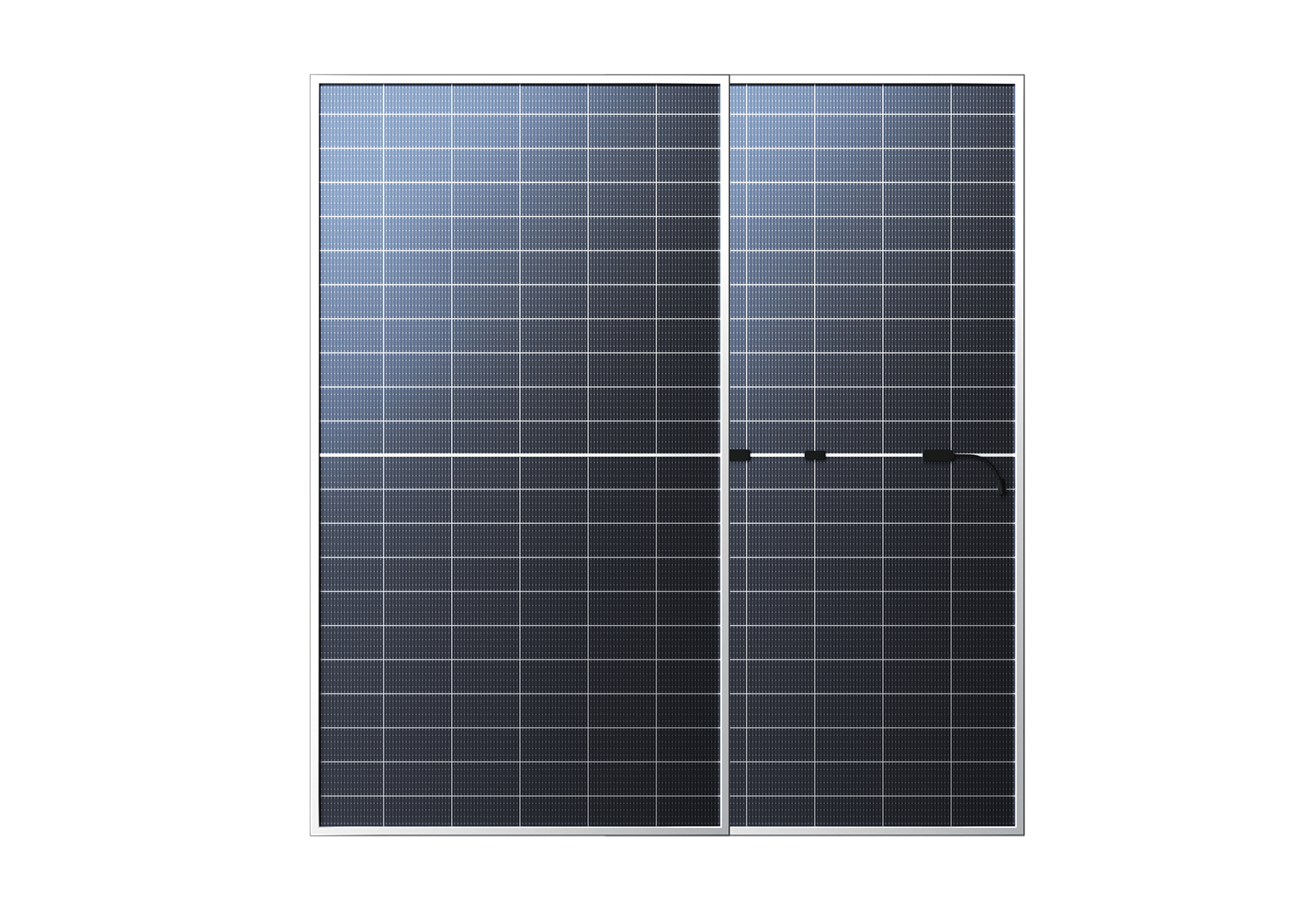
Leascend Photovotaic Technology Co.,Ltd
Leascend Photovoltaic Technology Co., Ltd (hereinafter referred to as “Leascend Photovoltaic”) founded in January 2023, is located in Economic Development Zone A, Danling County, Meishan City, Sichuan Province, in the core area of China's Green Silicon Valley (Leshan-Meishan). It is an innovation technological enterprise specializing in development and application of high-efficiency heterojunction (HJT) Solar cell technology, as well as large-scale manufacturing.
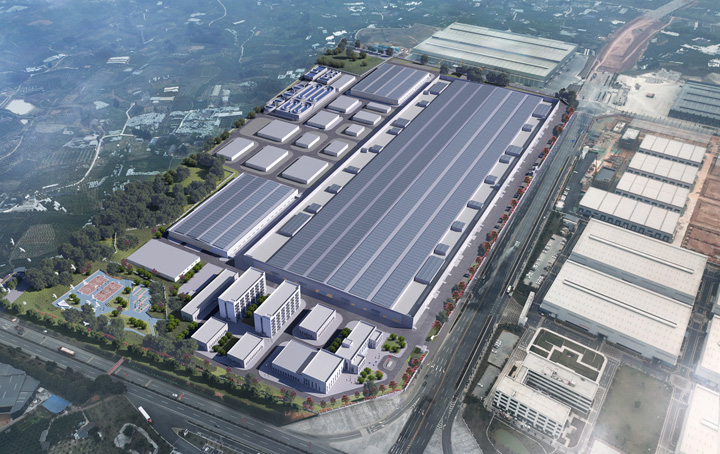

Leascend
Leascend Photovoltaic Technology Co., Ltd (hereinafter referred to as “Leascend Photovoltaic”) founded in January 2023, is located in Economic Development Zone A, Danling County, Meishan City, Sichuan Province, in the core area of China's Green Silicon Valley (Leshan-Meishan). It is an innovation technological enterprise specializing in development and application of high-efficiency heterojunction (HJT) Solar cell technology, as well as large-scale manufacturing.

HJT Technology
The heterojunction battery series products have the characteristics of high conversion efficiency, low temperature coefficient, high double-sided rate, and no PID/LID attenuation. They adopt a double-sided microcrystalline process, which has higher battery conversion efficiency and performance, and are compatible with various battery graphics (such as 12BB/15BB/18BB and OBB) products.






Latest News
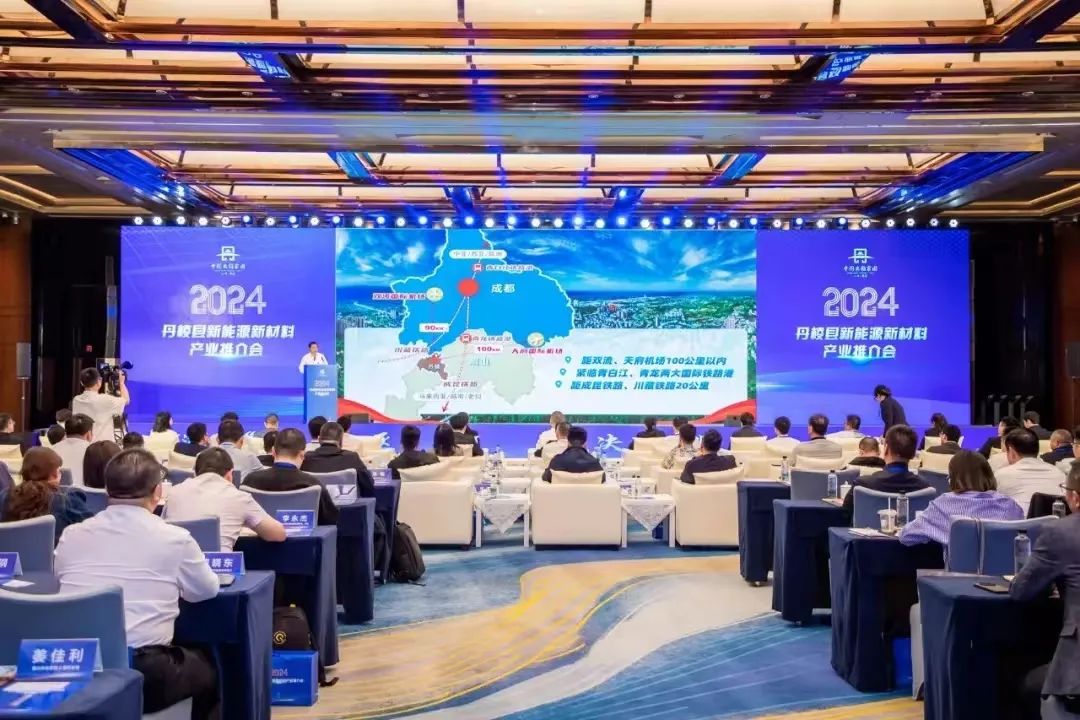
Building Industrial Clusters with "Leascend Speed"
“丹棱作为眉山市确定的高效太阳能电池制造基地,引进拥有全国单线最长、单体产能最大的异质结电池片项目琏升光伏科技入驻,从项目签约到主体厂房封顶仅用了78天,7个月实现投产出片,不仅是‘丹棱速度’,也是‘眉山速度’的生动体现。”4月29日,四川
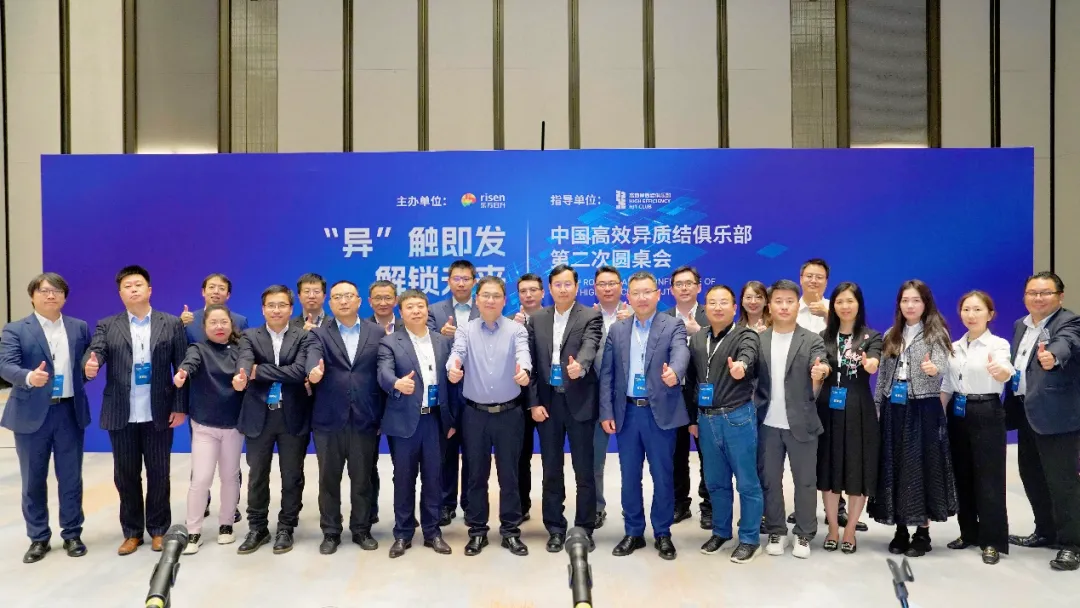
Unlocking the future with a "different" touch! The Second Round Table of China Efficient Heterojunction Club has come to a successful conclusion
中国高效异质结俱乐部自成立以来引起了行业广泛热议,在n型迭代之路上标新创“异”一马争先,奏响属于异质结的时代强音!为了进一步完善俱乐部规章日程、促进交流共建合作创新生态,中国高效异质结俱乐部于4月21日再次召开第二次圆桌会!东方日升作为轮值
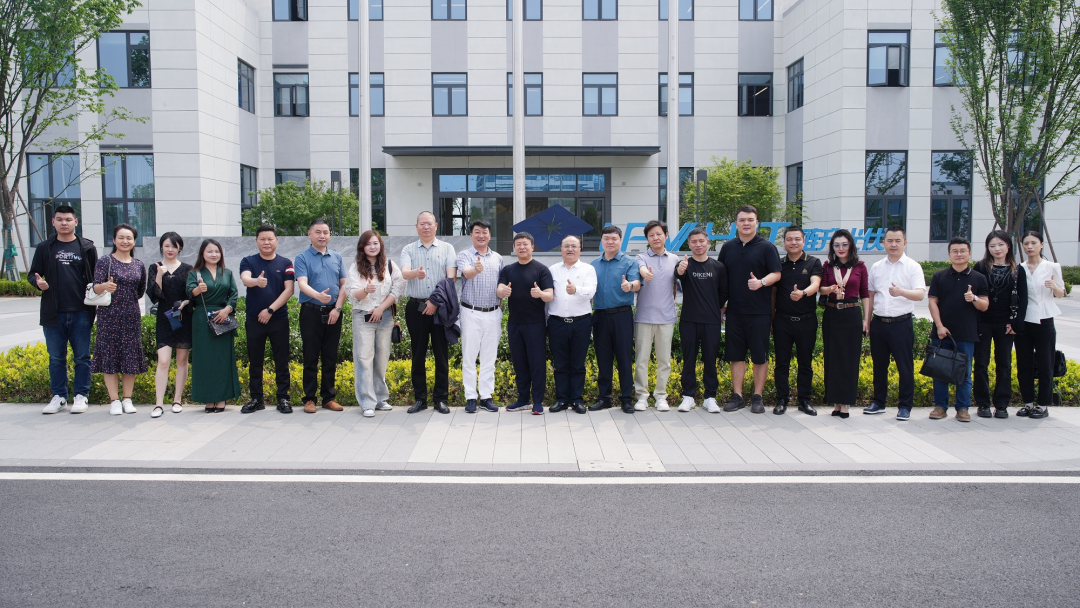
Focus | Yang Jianping, President of Chengdu Ya'an Chamber of Commerce, and his delegation visited Leascend Photovoltaic Technology for inspection
4月15日,成都雅安商会会长杨建平一行莅临眉山琏升光伏科技有限公司(以下简称“琏升光伏科技”)考察。琏升光伏科技董事长王新热情接待。成都雅安商会会长杨建平一行参观了琏升光伏科技的智能制造展厅,详细了解了公司发展历程、数智化建设、产品研发及斩

